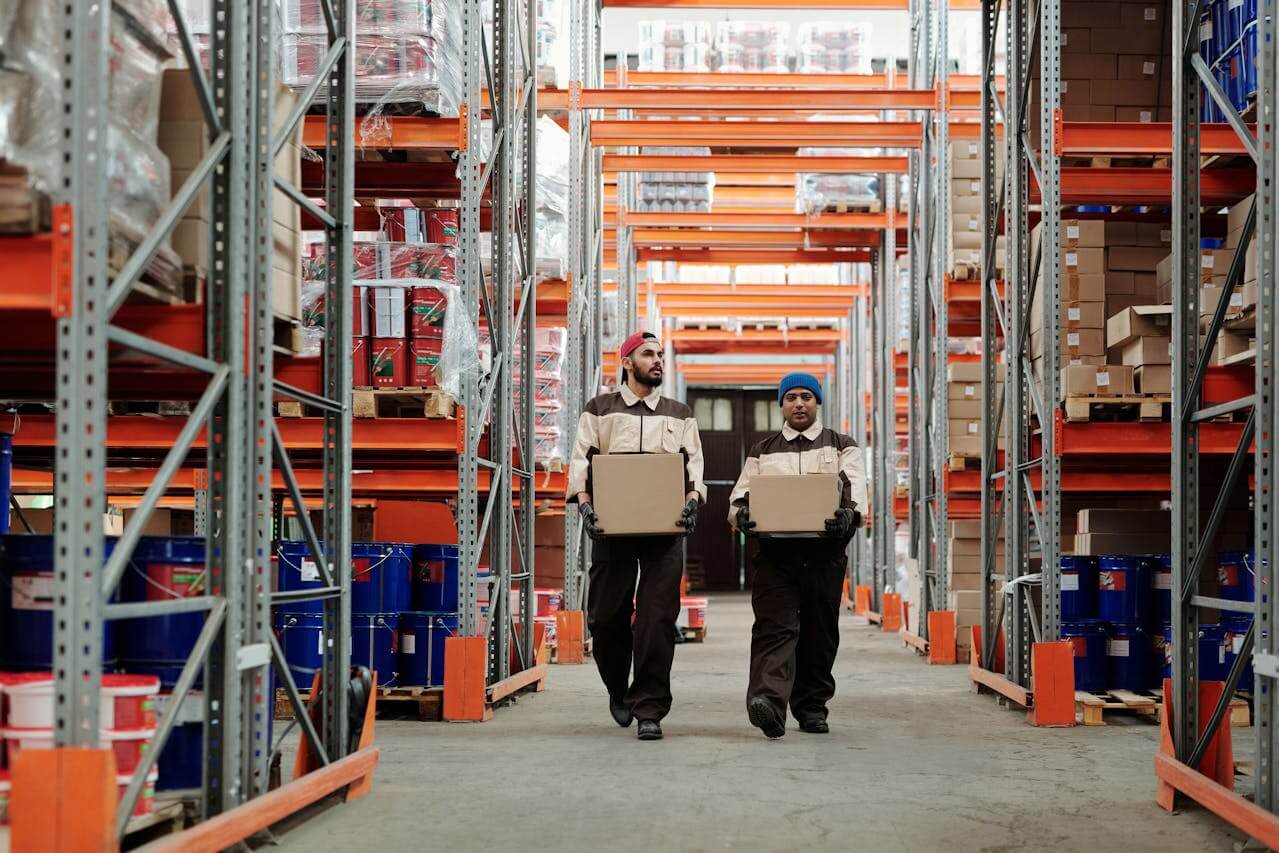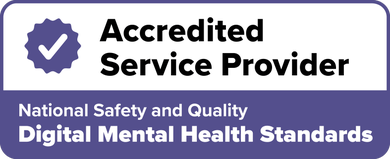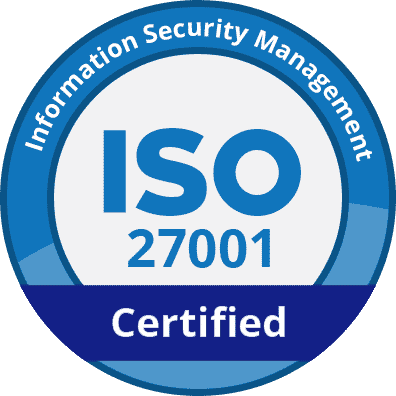Safe Work Month 2025: Tips and resources for businesses
In a Nutshell
Safe Work Month is an opportunity for businesses to strengthen workplace safety and wellbeing by focusing on physical, mental, and psychosocial health.
The 2025 theme “Safety: Every Job, Every Day” encourages employers and workers to make safety a daily habit rather than a periodic reminder.
By combining hazard management with support for employees’ overall wellbeing, businesses can create safer, healthier, more engaged, and more fulfilling workplaces.
Every person deserves to feel safe and supported at work. However, it’s easy for safety practices to be taken for granted, or for emerging risks to go unnoticed. That is why each October, Safe Work Month encourages Australian workplaces to reflect, reassess, and recommit to the wellbeing of their people.
Safe Work Month 2025 comes at a time when the very nature of work is evolving. From hybrid work arrangements to the growing importance of mental health, businesses are being called to think beyond traditional safety checklists.
This month provides more than a calendar of activities; it’s a reminder that safety includes both the physical and the psychological, and that lasting change requires both planning and compassion.
Why Safe Work Month still matters
Even the best safety systems can become stagnant over time. Equipment changes, teams grow, workloads shift.
Hazards can begin to pile up without regular check-ins, but Safe Work Month offers a valuable pause point. It invites organisations to step back, listen to their people, and examine where safety practices can improve.
The campaign also shines a light on workplace culture. When leaders actively participate in safety initiatives, when team members are encouraged to speak up without fear, and when policies reflect care for people’s wellbeing, safety becomes more than compliance. It becomes part of who the organisation is.
This matters not only for physical risks, but also for mental and emotional health. Stress, burnout, unclear expectations, and poor communication can all take a toll on workers and lead to serious consequences. Safe Work Month helps normalise conversations about mental health and encourages businesses to take proactive steps toward prevention, not just response.
The 2025 theme: “Safety: Every Job, Every Day”
This year, Safe Work Australia has adopted the theme “Safety: Every Job, Every Day.” The message is simple and consistent: safety should not be treated as a one-time effort or a monthly checkbox. It should be part of every task, at every level, every single day.
To help workplaces engage with this message, the month is structured around four key areas:
Week 1: Identifying hazards
Week 2: Assessing risks
Week 3: Controlling risks
Week 4: Reviewing safety practices
This structure is drawn from the risk management cycle and provides a clear and practical roadmap. It also allows businesses to break down complex safety goals into manageable weekly actions.
For more guidance, explore these free resources:
Safe Work Australia’s National Safe Work Month campaign kit: A comprehensive toolkit including posters, email banners, social media tiles, and weekly theme guides to help plan your campaign
Lifeline Australia’s workplace mental health toolkit: Includes checklists, factsheets, and conversation guides to support staff mental health and psychosocial safety at work.
Related: Employee and workplace wellbeing
Making the most of Safe Work Month
1. Start with leadership
Senior leaders set the tone for how safety is perceived. When executives and managers visibly support Safe Work Month, it sends a powerful message. Whether through attending events, joining audits, or sharing personal stories about safety and mental health, their involvement shows that this is a business priority.
It’s important that leadership not only supports the campaign but also listens. Creating space for feedback and acting on suggestions builds trust and encourages employee participation.
2. Plan with intention
Begin preparing for October well in advance. Form a small working group with representatives from safety, HR, operations, and frontline teams. Define your goals. Are you aiming to reduce incidents, identify new risks, improve engagement in your Employee Assistance Program, or all of these things?
Then, build a calendar that reflects the weekly themes. Use each week to highlight a different stage of the safety cycle, and spread out activities to avoid overwhelming staff.
Start promoting early, using posters, intranet updates, or emails to build awareness. Small teaser messages can generate curiosity and encourage participation before the month even begins.
3. Engage the whole team
Meaningful engagement goes beyond presentations. Make it interactive. Encourage staff to identify hazards in their own workspaces, submit suggestions, or join friendly competitions like safety poster contests. Safe Work Month works best when it feels inclusive and relevant, not top-down.
Remote or hybrid workers should also be included. Consider online webinars, digital surveys, or virtual team check-ins that reflect the same care and attention given to on-site teams.
4. Include psychosocial safety
This is a valuable time to bring mental health to the forefront. Run sessions on managing stress, recognising burnout, or improving team communication. Promote existing supports like your EAP, but also assess whether policies and workloads are contributing to strain.
Invite your EAP provider to host a session, share their services, and explain how staff can access them confidentially. Normalising these conversations reduces stigma and shows that support is readily available.
5. Recommit to long-term change
Safe Work Month should not be the finish line. Use the month to gather data, whether through surveys, feedback forms, or incident reports, and then plan for what comes next. Document what worked, identify areas for improvement, and assign follow-up actions with clear ownership.
Continue running regular check-ins, refreshers, and reviews throughout the year. The systems and habits built during this period can serve as a strong foundation for the months ahead.
Related: When and how to switch EAP providers
Final thoughts
Safe Work Month 2025 presents an opportunity not just to raise awareness but also to deepen the culture of care within your organisation. When safety is part of everyday practice, people feel more confident, supported, and valued in their work.
From hazard assessments to mental health check-ins, from informal chats to formal training, every action sends a message: safety matters, wellbeing matters, and every person has a role to play.
Essential Reading
Free Mental Health Tests
Recommended Therapists Available Now
NSW
Psychologist
I am a registered psychologist passionate about helping people navigate life's challenges with greater clarity, self-compassion, and resilience. If you're feeling overwhe...More
NSW
Clinical Psychologist
I'm qualified as a Clinical Psychologist and I work with a deep respect for the transpersonal. At the heart of my work is an invitation to explore our inner nature and th...More
NSW
Psychologist
I'm a registered psychologist with over 10 years of experience supporting children, parents, and adults to navigate life's challenges with greater confidence and ease. My...More








